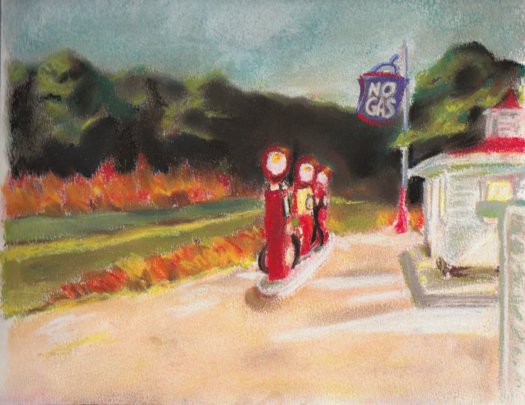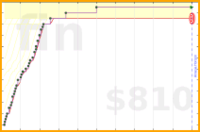The Irrationality of Rationing

More than two weeks after the largest Atlantic hurricane on record hit the Eastern Seaboard, the bridges and tunnels have opened, the subways are running, and a degree of normalcy has succeeded the initial panic and confusion. But the gas lines persist. In an effort to shorten these sometimes absurdly long lines, New Jersey Governor Chris Christie and New York City Mayor Mike Bloomberg recently issued emergency orders to ration gas: cars with license plates ending in odd numbers can only fill their tanks on odd-number days, while those with even-number plates can only fuel up on even-number days. The logic behind this odd-even rationing seems clear. With only half the cars allowed to fill up on any given day, only half as many cars should be in line. There is even historical precedent for the policy. The energy crises of the 1970s — though instigated by political rather than environmental turmoil — led several American cities to adopt various gas allocation schemes, including odd-even rationing.
As economists and others argued after the gas shortages of the 1970s, odd-even rationing can paradoxically lead to longer lines at the pump.
But as economists and others argued after that last shortage more than three decades ago, odd-even rationing can paradoxically lead to longer gas lines.
There are two types of drivers: those who typically fill up every day, and those who visit the gas station less frequently. For this first group of drivers, odd-even rationing clearly curbs their consumption, forcing them to fill up less frequently than pre-rationing and — as intended by the policy — lessens the strain they put on gas lines.
Consider, though, the effect of rationing on drivers in the latter group, who might ordinarily fill up every three or four days. Suppose that these drivers normally fill up when they are down to a quarter tank of gas. Under rationing, however, if they find themselves with half a tank left on their day to visit the station, they might still reasonably decide to fill up. Why? Because if they do not, they will be barred from filling up for another two days, by which point they may have already crossed that quarter-tank threshold. To make matters worse, it can be difficult to accurately anticipate one’s future driving needs — especially in a crisis situation — and so these drivers may fill up even with three-quarters of a tank remaining just to hedge the possibilty of an emergency trip. Thus drivers who typically fill up less than two or three times a week may counterintuitively visit the gas station more often when odd-even rationing rules are in effect, adding to wait times.
In sum, when drivers who fill their tanks daily constitute a relatively small fraction of the population, and when less frequent gas purchasers preemptively fill their tanks, odd-even rationing lengthens gas lines, perversely worsening the very problem the policy was intended to solve.
While odd-even rationing may not reduce gas lines, other approaches to the problem could fare better. Mandatory carpooling policies, such as those briefly instituted shortly after Sandy struck, directly reduce gas consumption and, accordingly, lines. Minimum purchase rules, which only allow drivers to fill up when their tanks are nearly empty, could limit preemptive filling, reducing gas station visits. (Such rules were in fact experimented with during the gas shortages of the 1970s.) A temporary increase in gas taxes would also likely reign in consumption and shorten lines. Though tax increases are politically tricky, it is worth noting that drivers are already paying a significant tax by wasting time waiting in line.
History has repeatedly shown us that whether reasoning about gas, health care, tax, or gun laws, it is surprisingly hard to anticipate the effects of seemingly straightforward policies on the collective behavior of interacting individuals. Even more perplexing is that we may never learn the full effect of rationing on gas lines, let alone of broader legislation addressing society’s most complex problems, as these policies play out in an environment that changes daily for a myriad of reasons, complicating any attempt to measure the effectiveness of the strategies.
Rapidly and effectively responding to large-scale disasters is certainly not easy. Resources are strained and there is often a dirth of similar past events to learn from. Fortunately, and in contrast to the shortages of the 1970s, the current gas lines will likely improve quickly as ports are repaired, power is restored, and fresh gas shipments arrive — with or without further intervention.
Footnotes
For further analysis, see The effectiveness of odd-even gasoline rationing by Metzger and Goldfarband, and The simulation of gasoline queuing by Huss and Cooper.
Thanks to Dan Goldstein, Sébastien Lahaie, David Pennock, and Sid Suri for helpful discussions.
Illustration by Kelly Savage, based on Gas by Edward Hopper.
